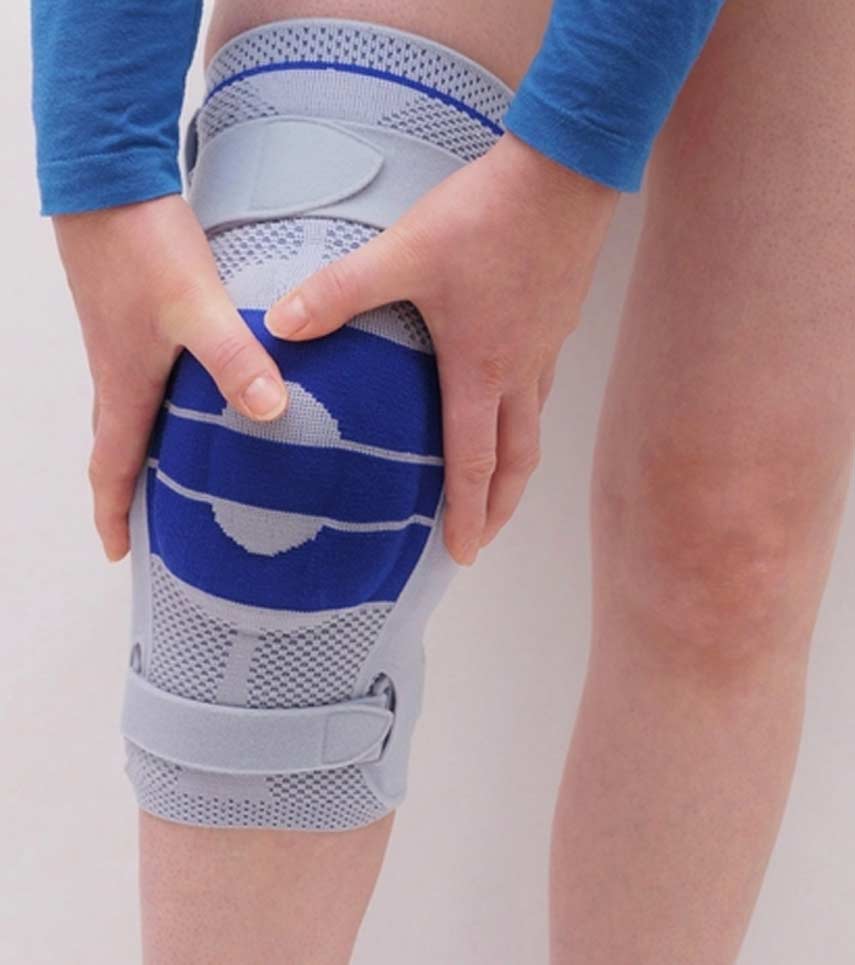
A torn ligament can occur in any joint, but the ligaments in the ankles and knees are often at the highest risk.
Landing or twisting awkwardly can result in a ligament tear because these actions can push a joint further than its normal range. When someone tears a ligament, there are different treatment options that can be considered.
Immediate Care
After someone experiences an injury and suspects a ligament tear, they should immediately use the RICE method. Stop using the injured body part and rest it. Ice the injured area and apply compression. Elevate the area if this is possible. This can be done while waiting to be seen by a doctor.
Rehabilitation
If the ligament tear does not require surgery, the doctor may recommend physical therapy. This therapy can last for several weeks. The physical therapist may provide crutches so that the patient can reduce the weight on a ligament in the lower part of the body. A sling or brace may also be given, depending on the ligament that is torn, to help to stabilize the torn ligament.
The purpose of physical therapy is the reduce swelling and pain while restoring full range of motion to the affected ligament and joint. This therapy also strengthens the surrounding muscles. Therapy typically consists of a variety of exercises that target the injured area.


Surgery
If the tear in the ligament is significant or complete, the doctor might recommend surgery to repair it. There are different surgical techniques, depending on the exact ligament torn and the degree of the injury.
Many doctors start with arthroscopy. This surgery allows the doctor to better visualize the injury and they can make some repairs while they are in there accessing the affected ligament.
For an arthroscopy, the doctor will create a small incision that allows them to insert a camera into the affected joint. They can then visualize the joint and the ligament via a high-definition video monitor. The doctor may make additional incisions if they need to insert other instruments into the joint, such as those to repair the torn ligament.
After surgery, the incisions are closed and the patient may be able to go home the same day, depending on the extent of the surgery. The recovery time depends on the complexity of the surgery.
If arthroscopy does not allow the doctor to repair the ligament, they may recommend reconstruction. This involves using a tissue graft to reconstruct the ligament that is torn via replacing it with a graft. There are multiple graft options:
- Allograft: This type involves using a piece of connective tissue from a cadaver. It is usually a tendon that is used.
- Synthetic: This type involves using artificial ligament graft materials to reconstruct the torn ligament.
- Autograft: This type uses a piece of connective tissue from the patient.
- Xenograft: This type uses animal sources to retrieve a piece of connective tissue.
Any person who believes that they tore a ligament should seek medical attention. Letting a torn ligament go untreated can result in the injury getting worse.

